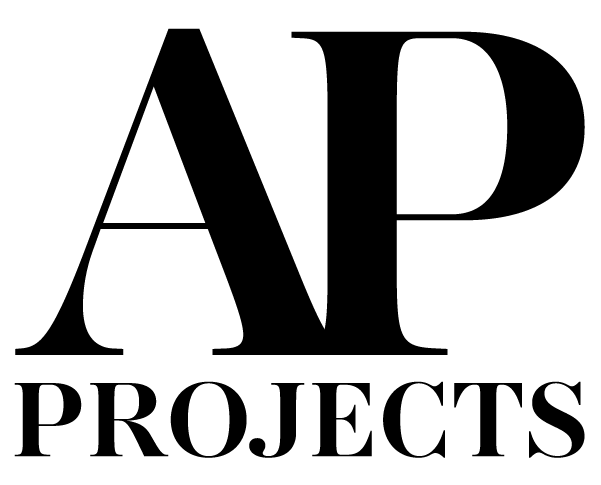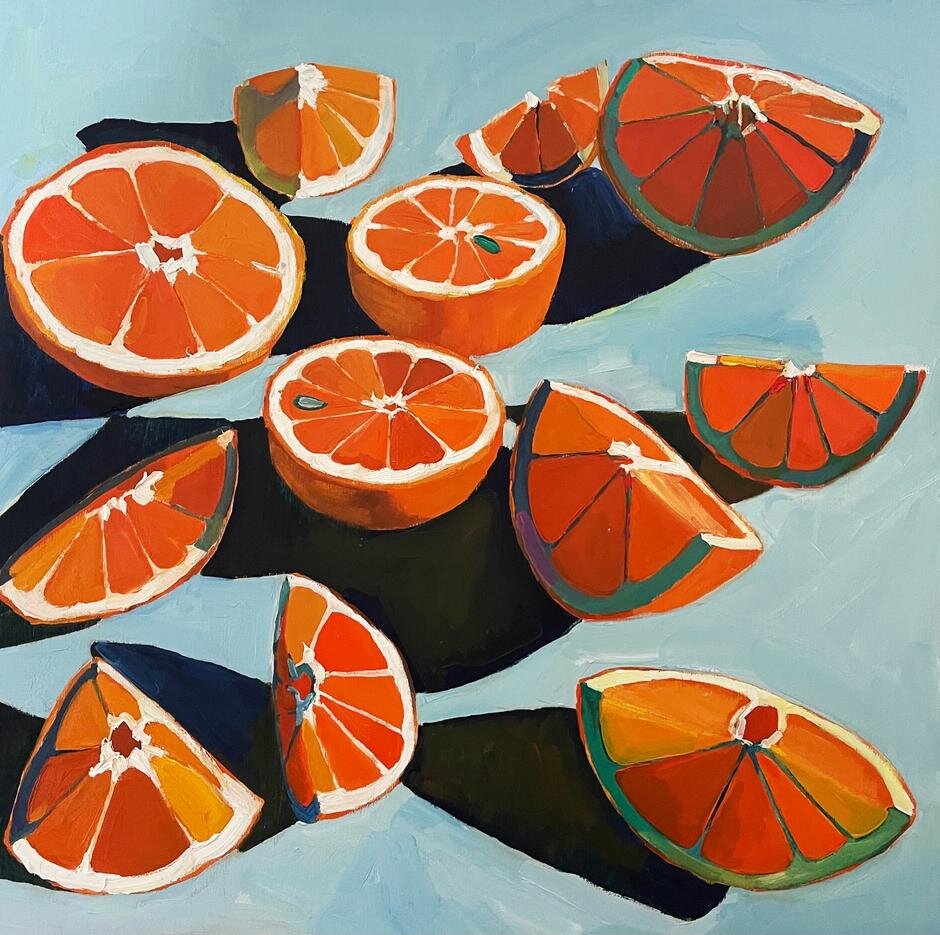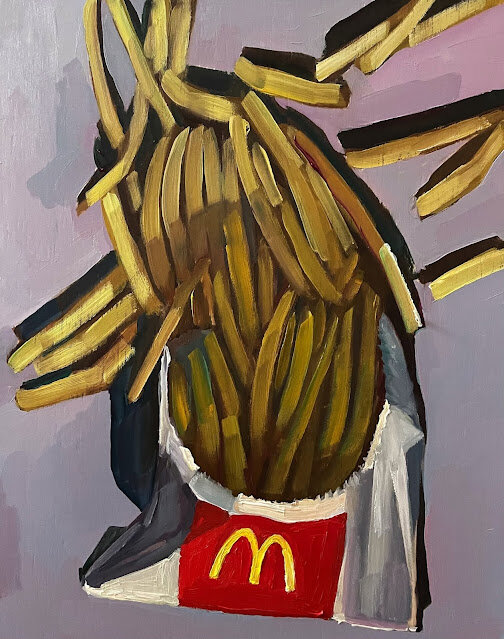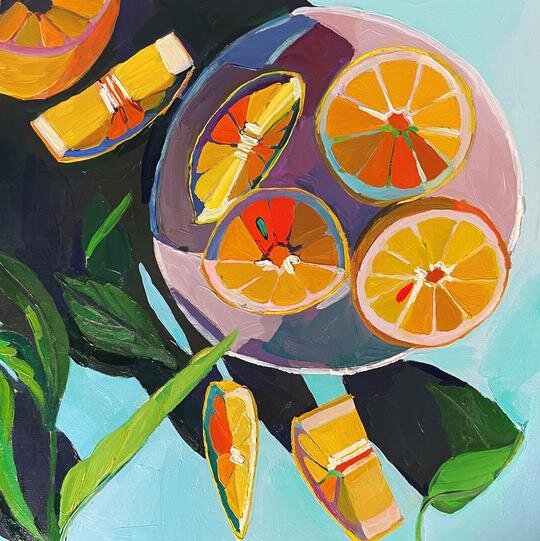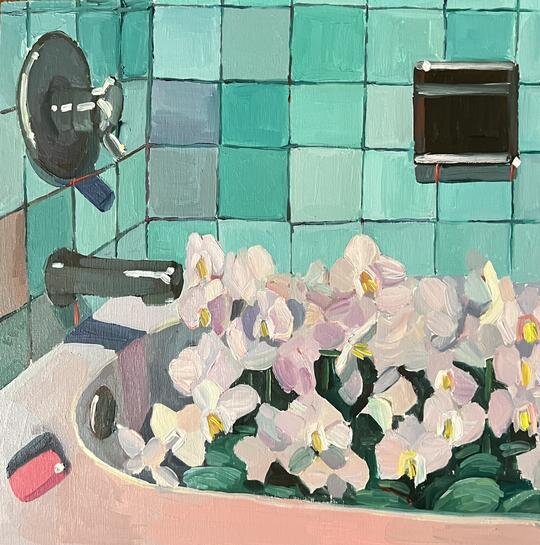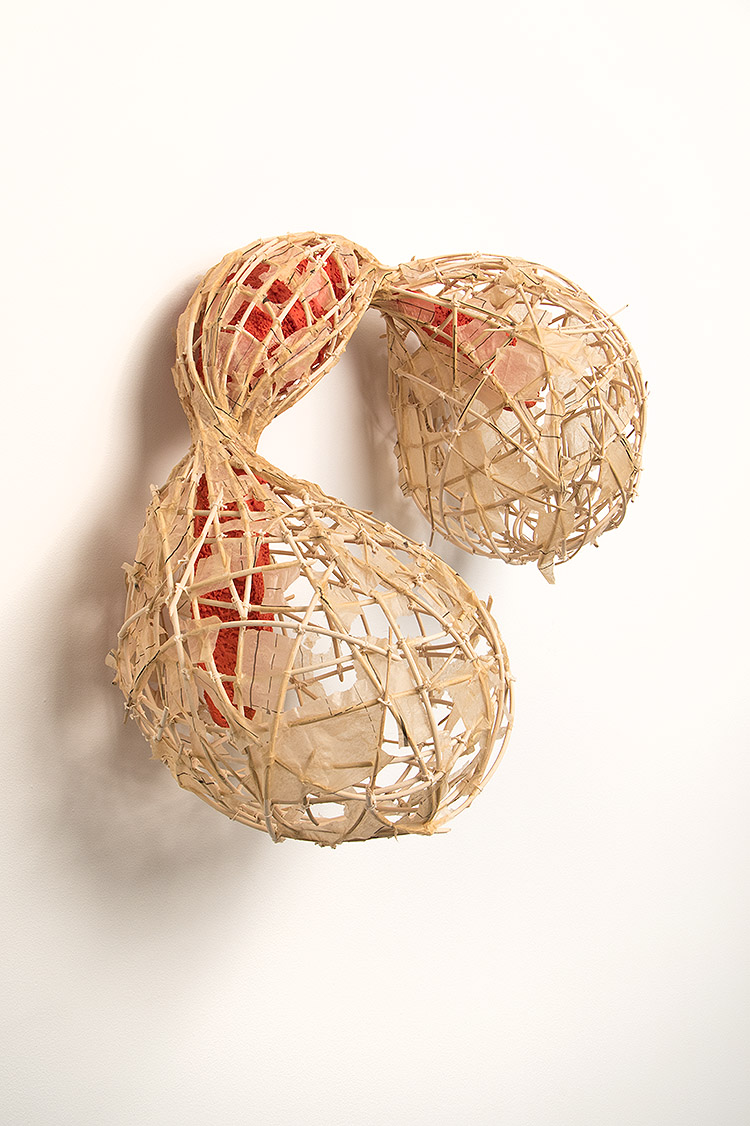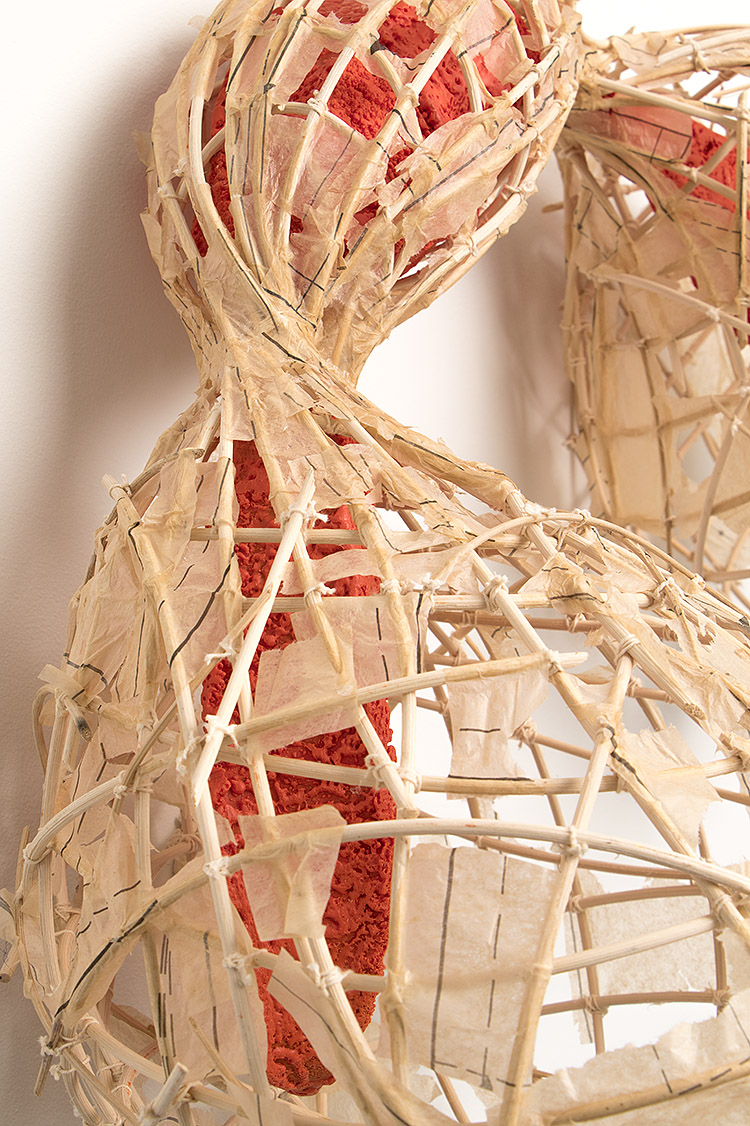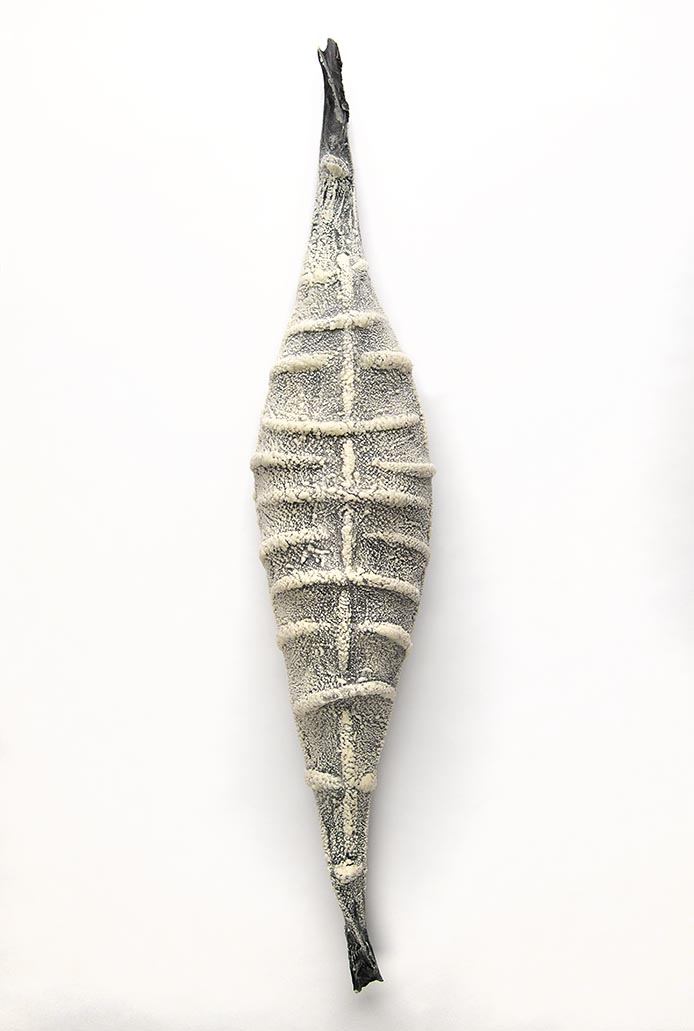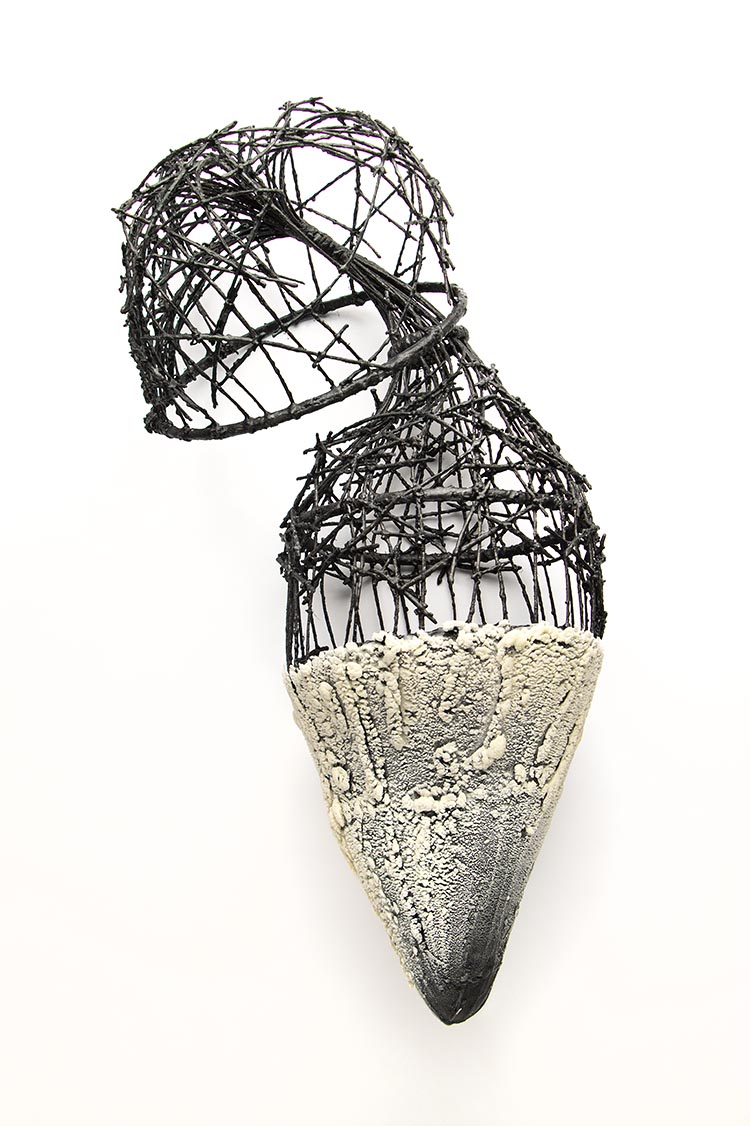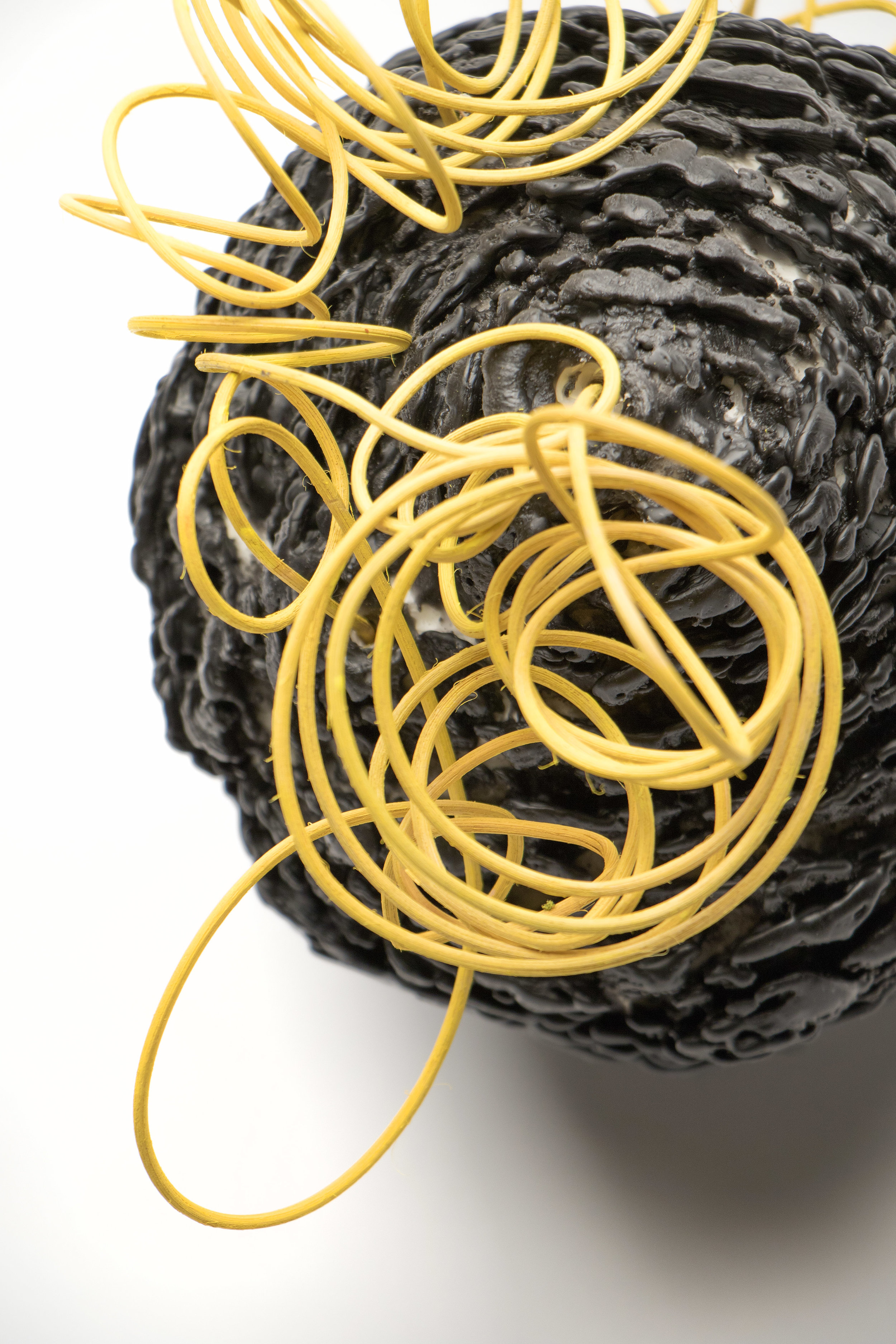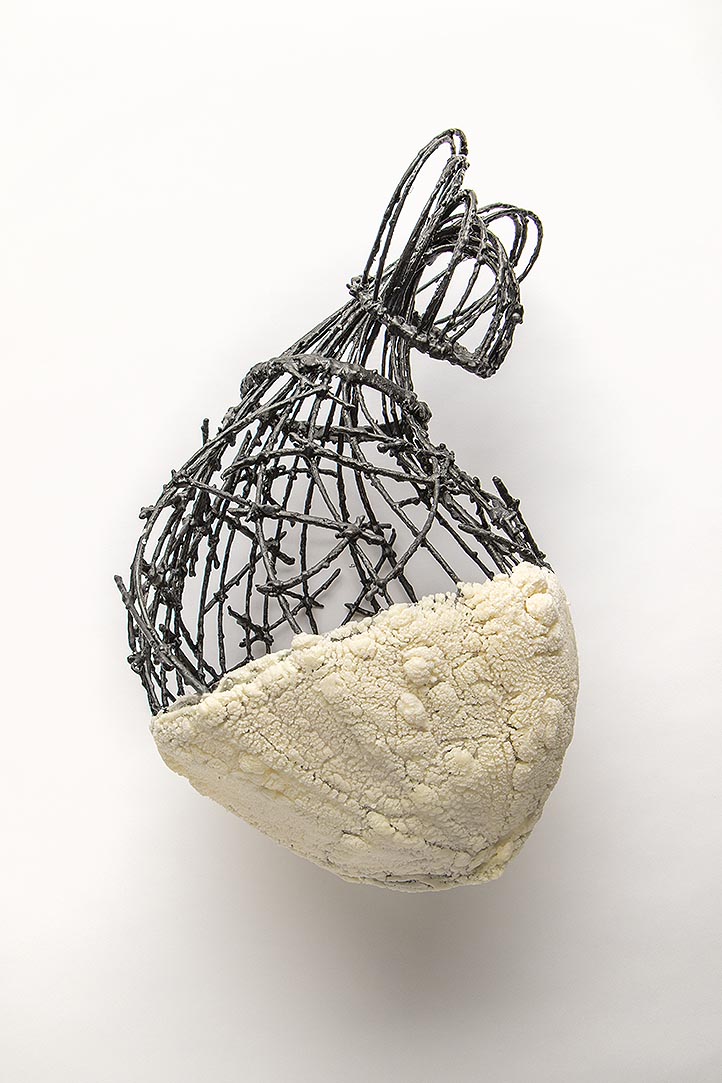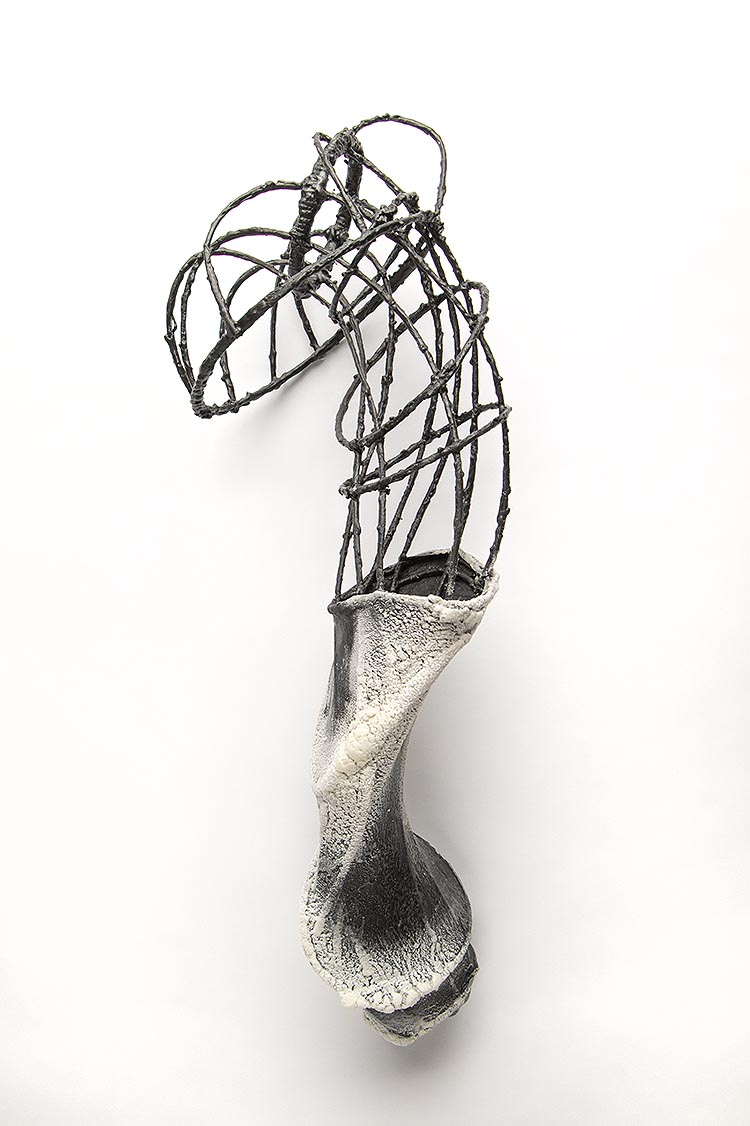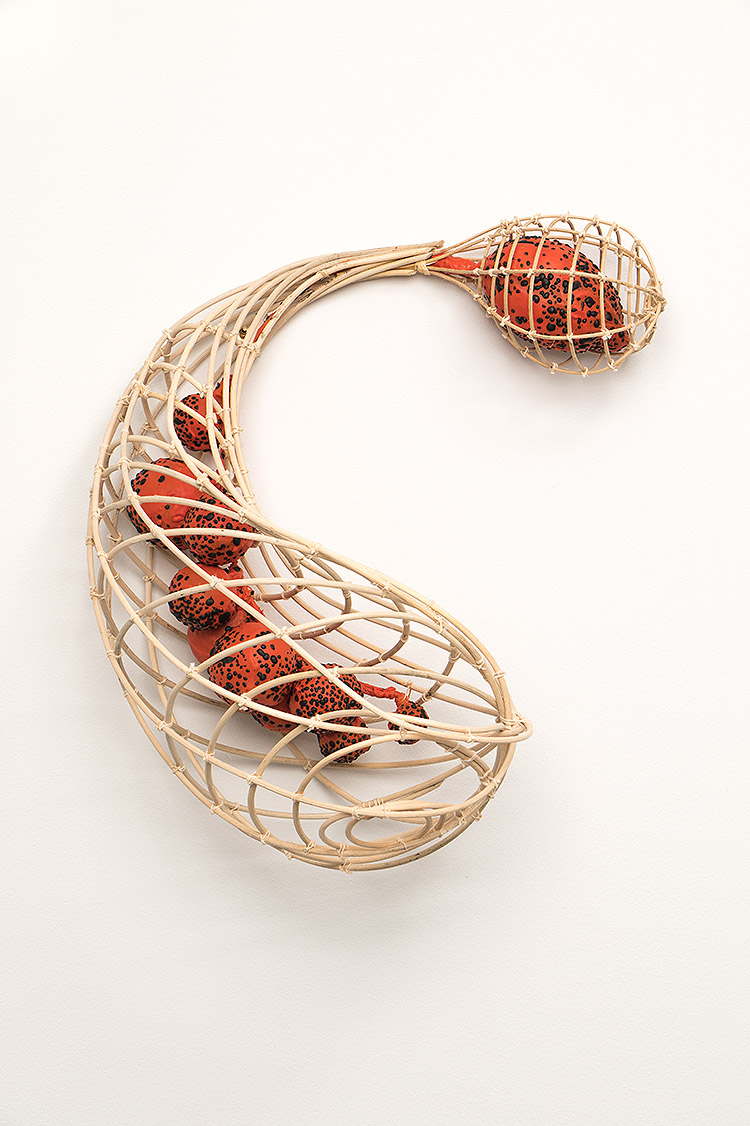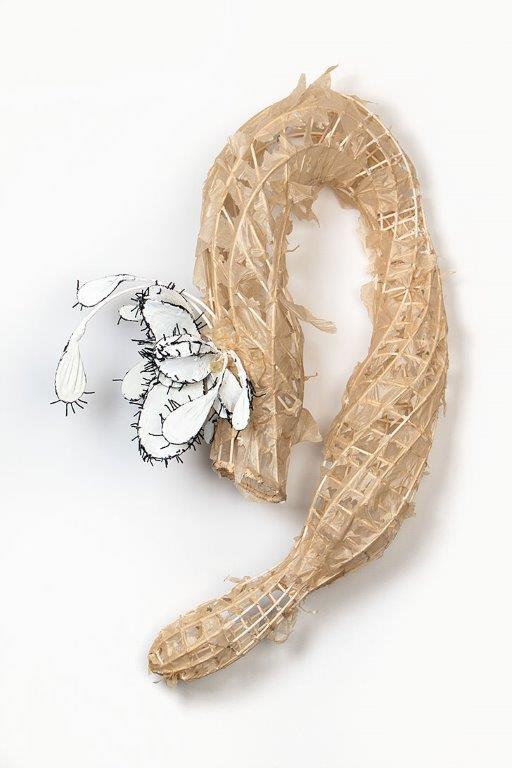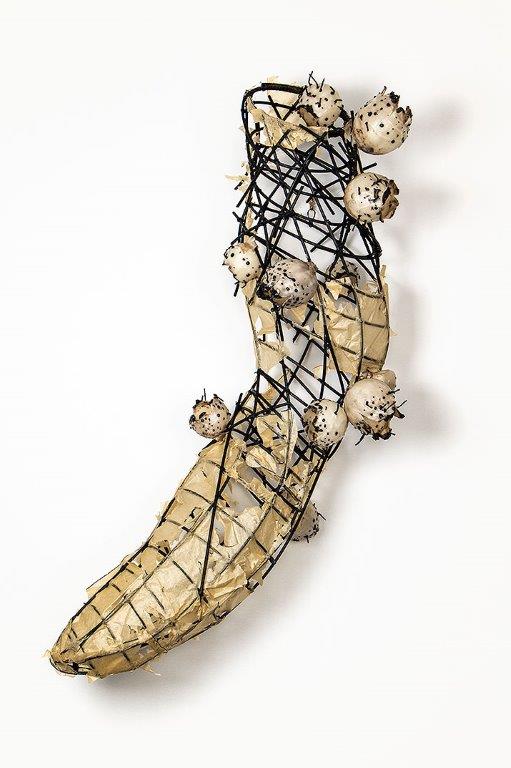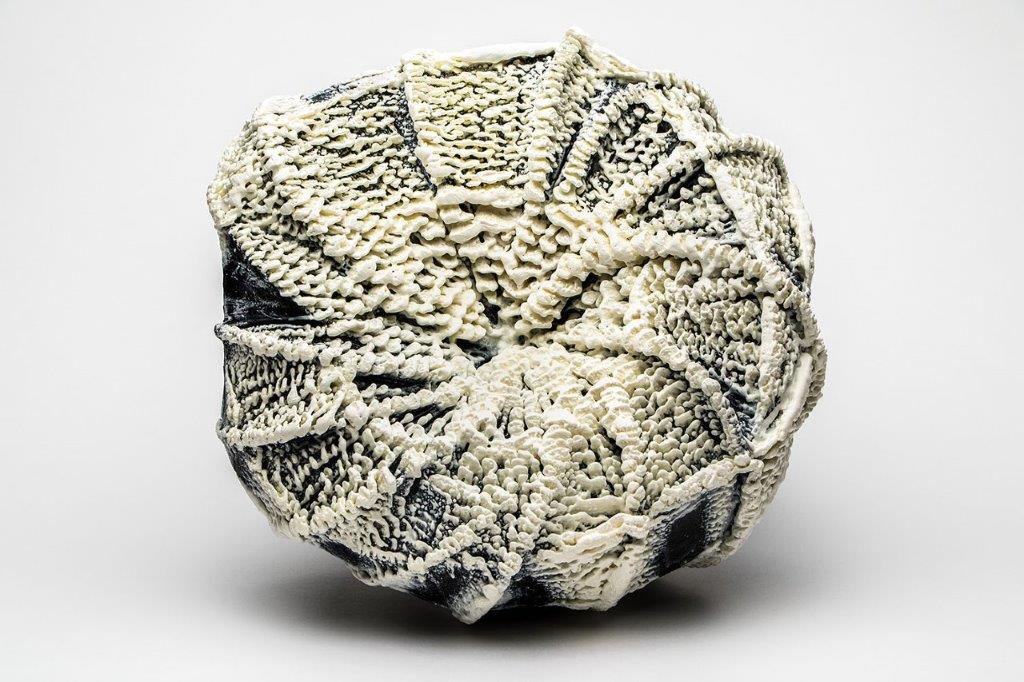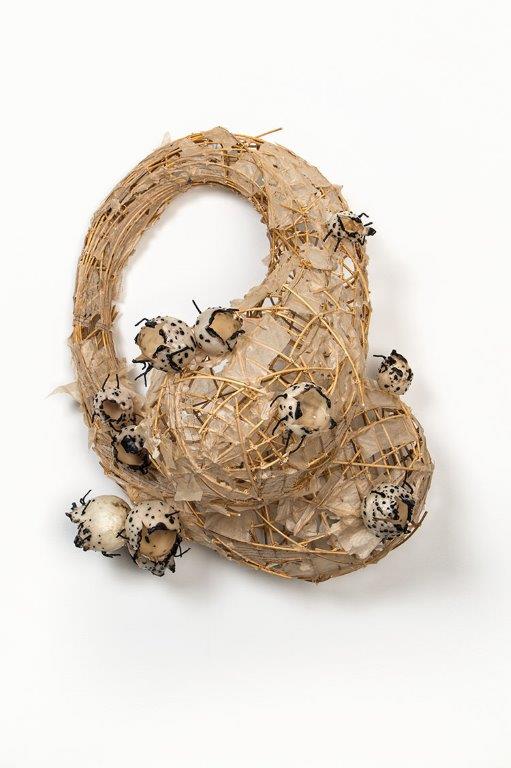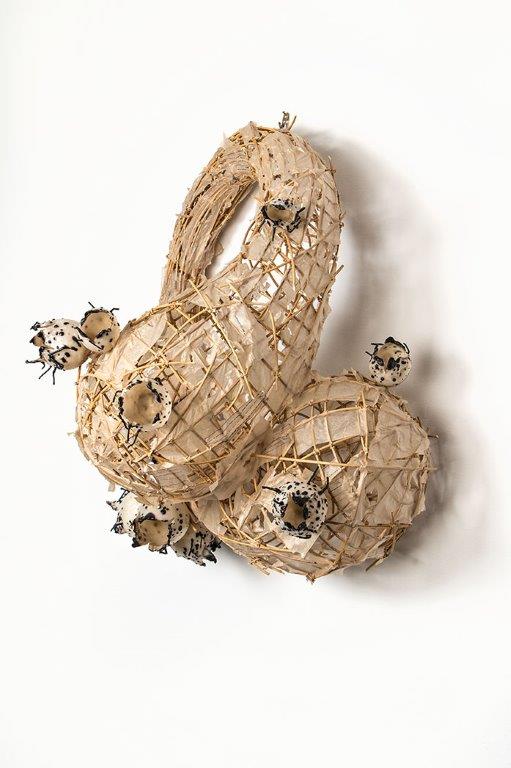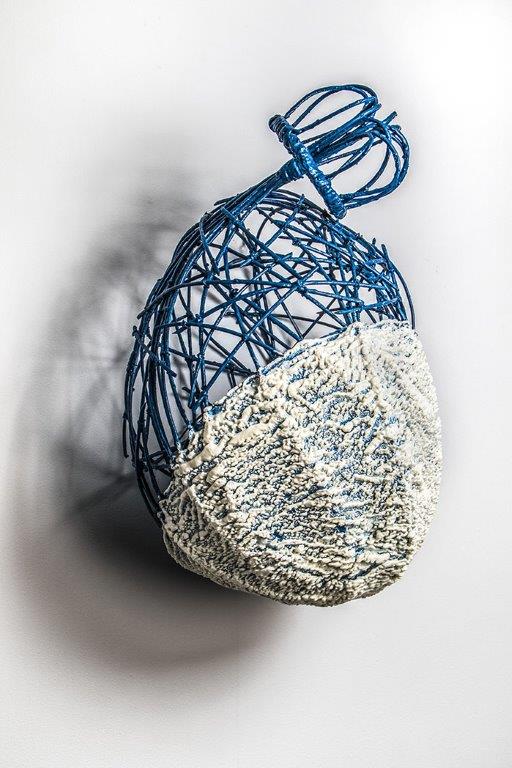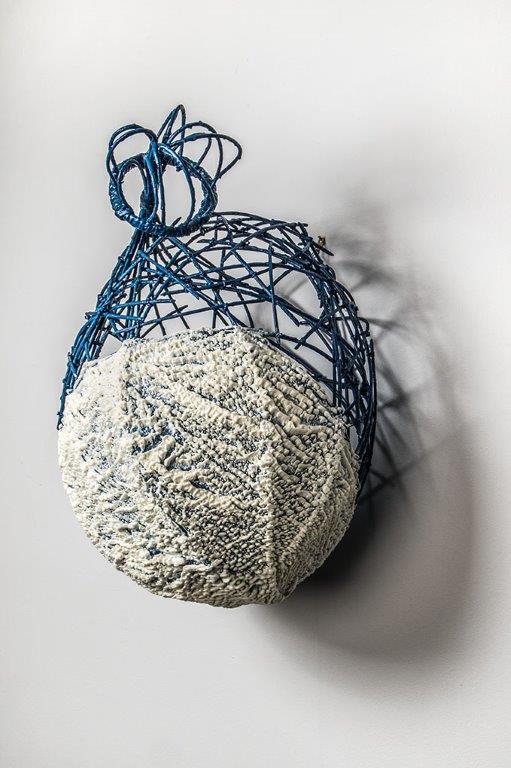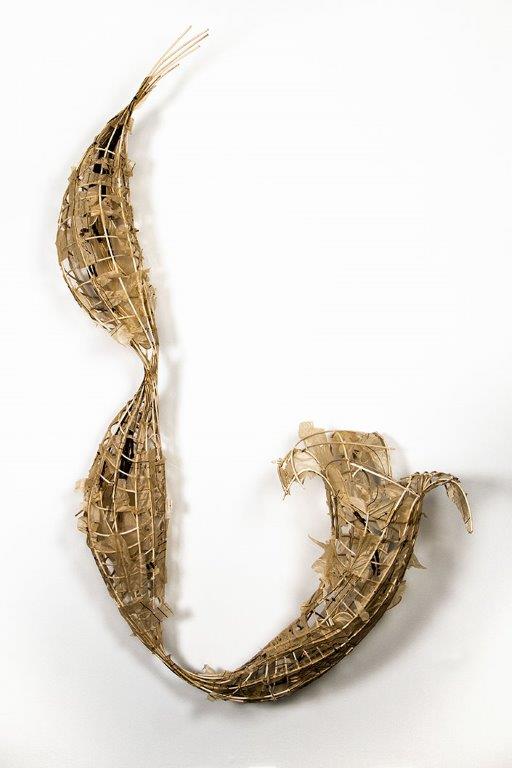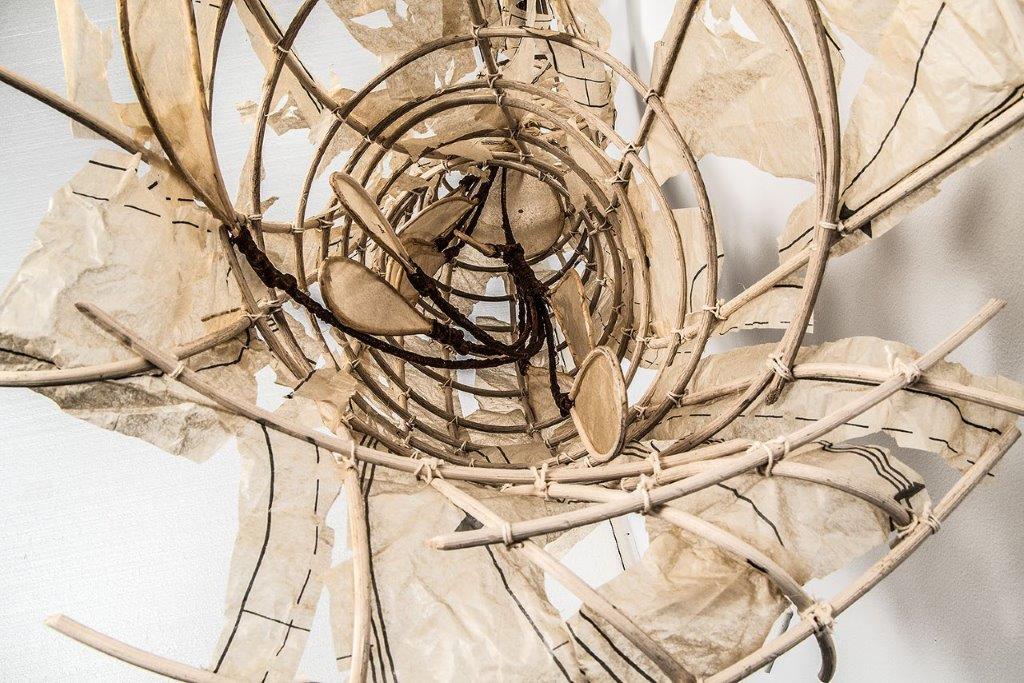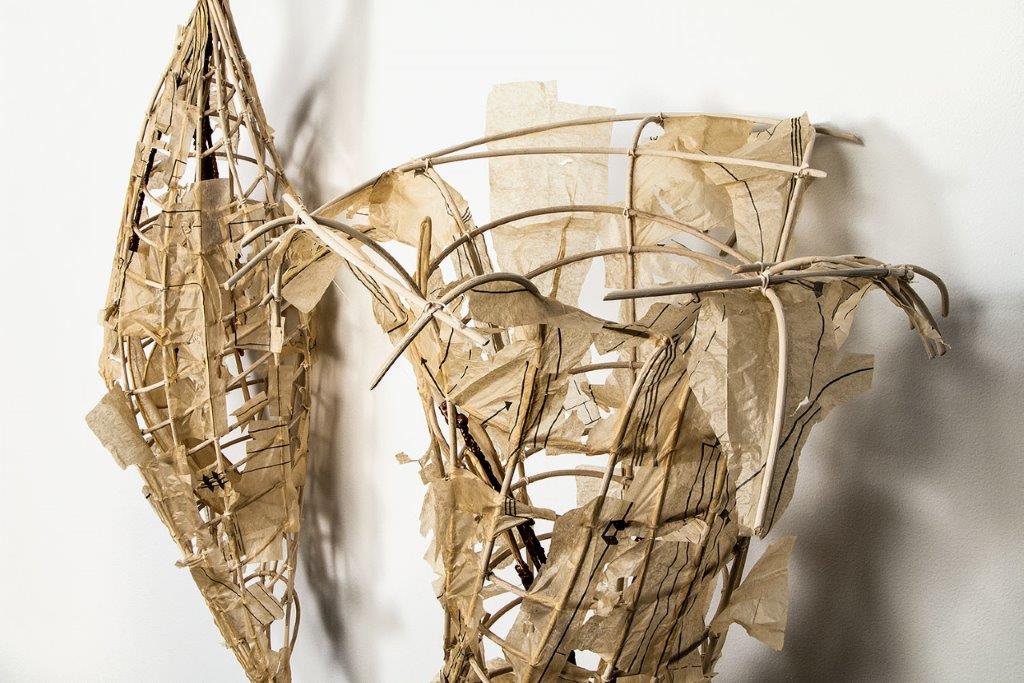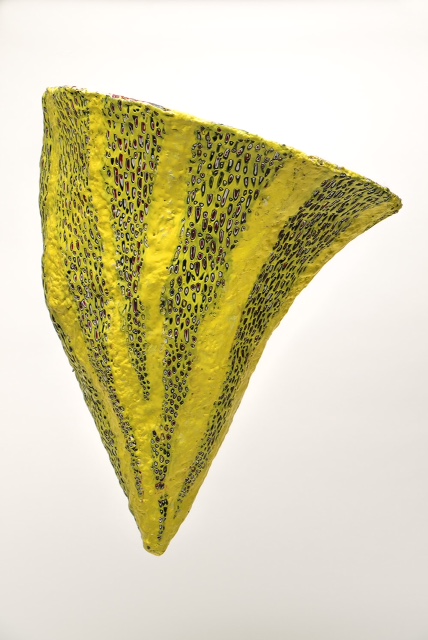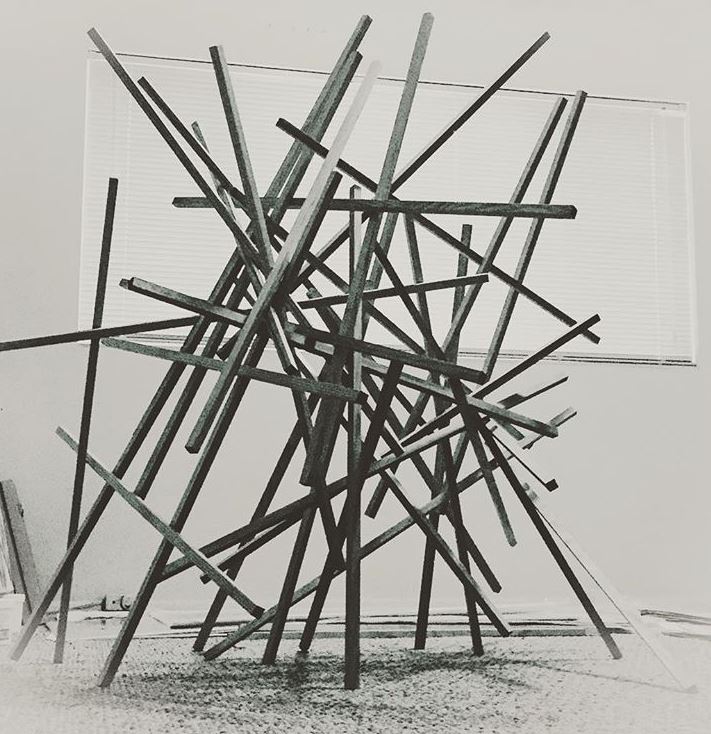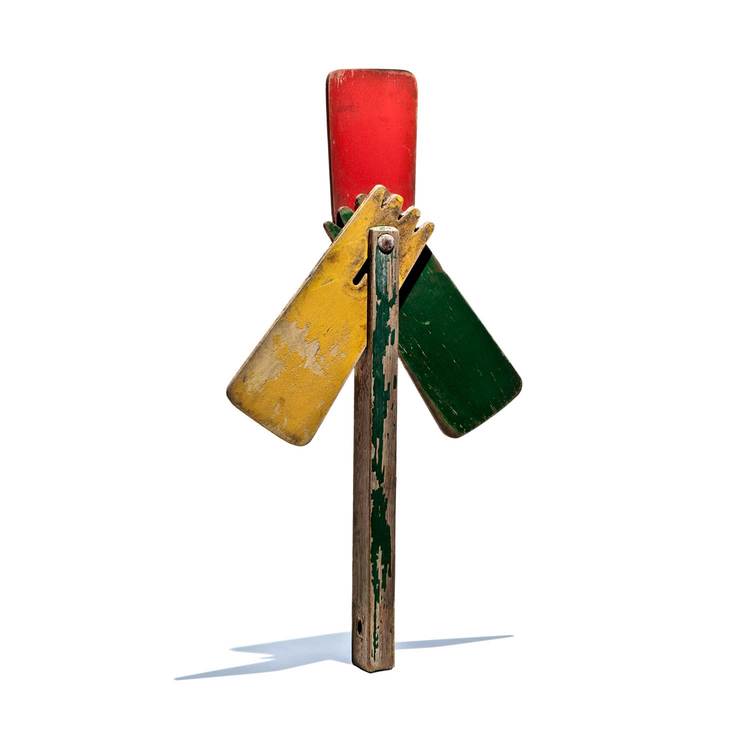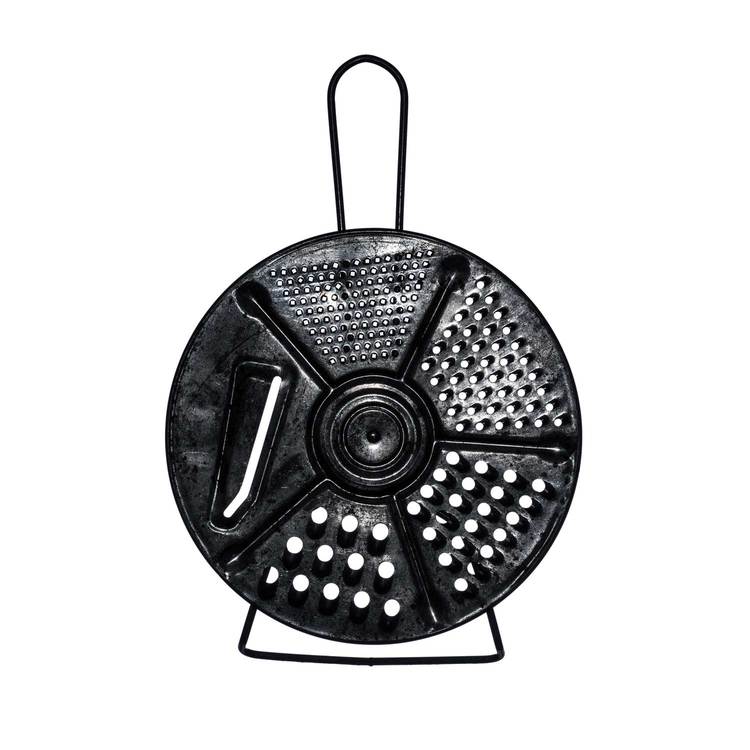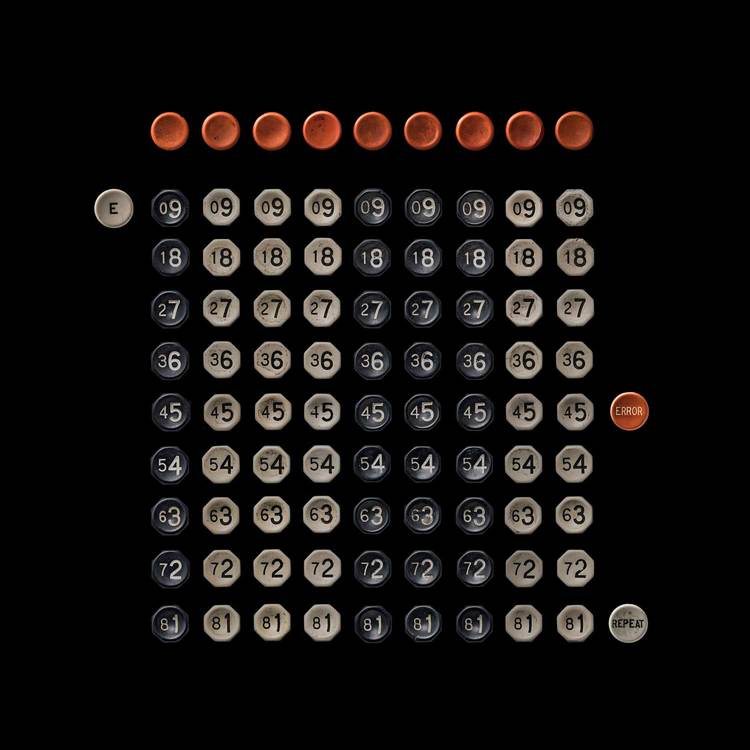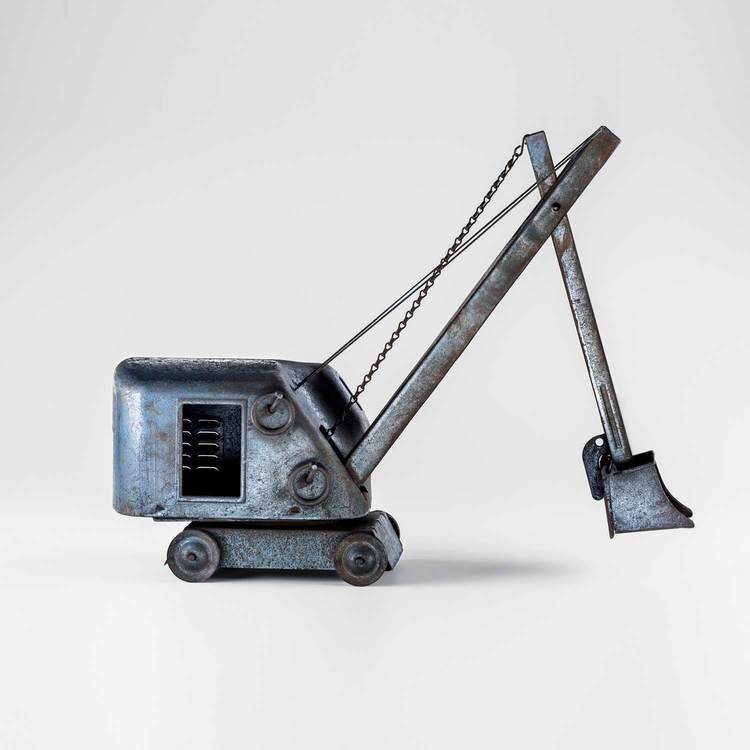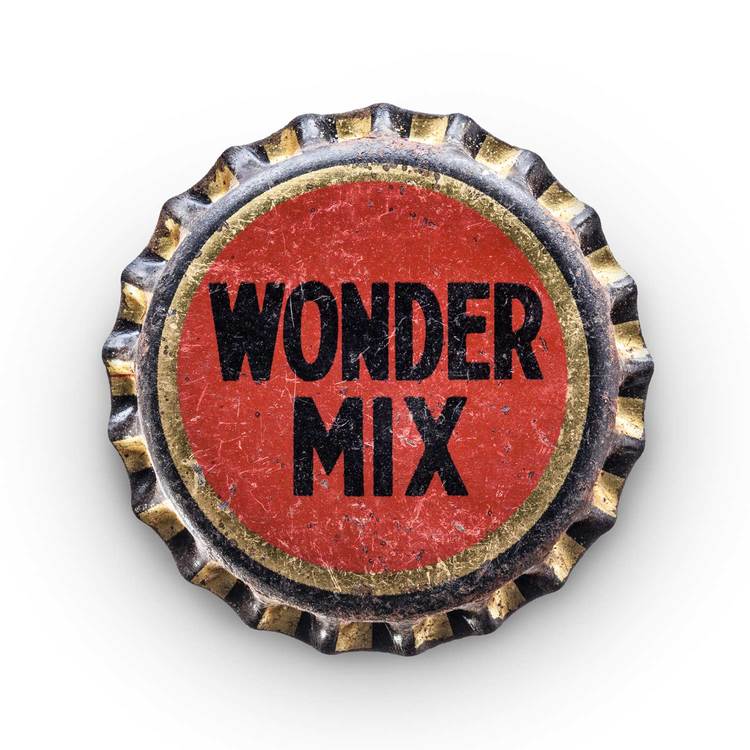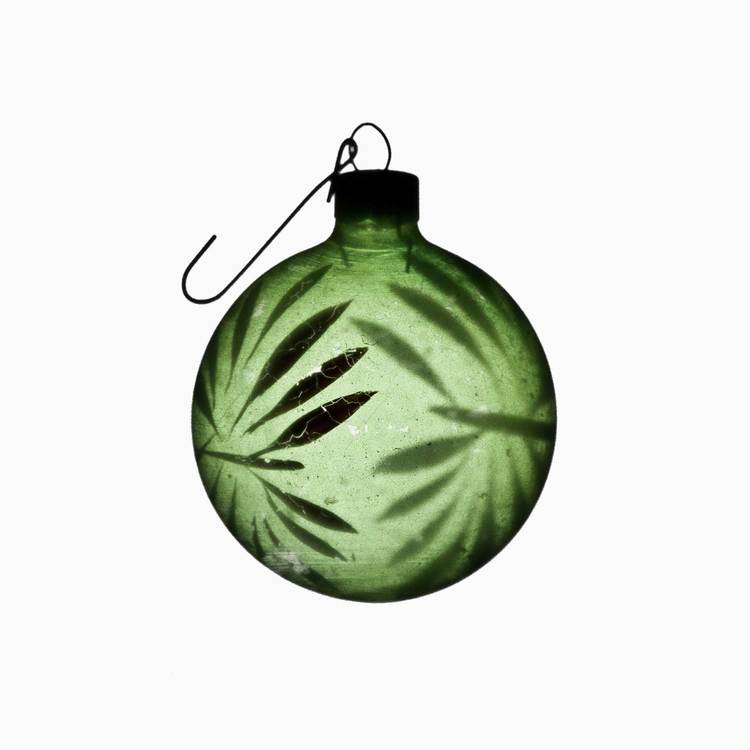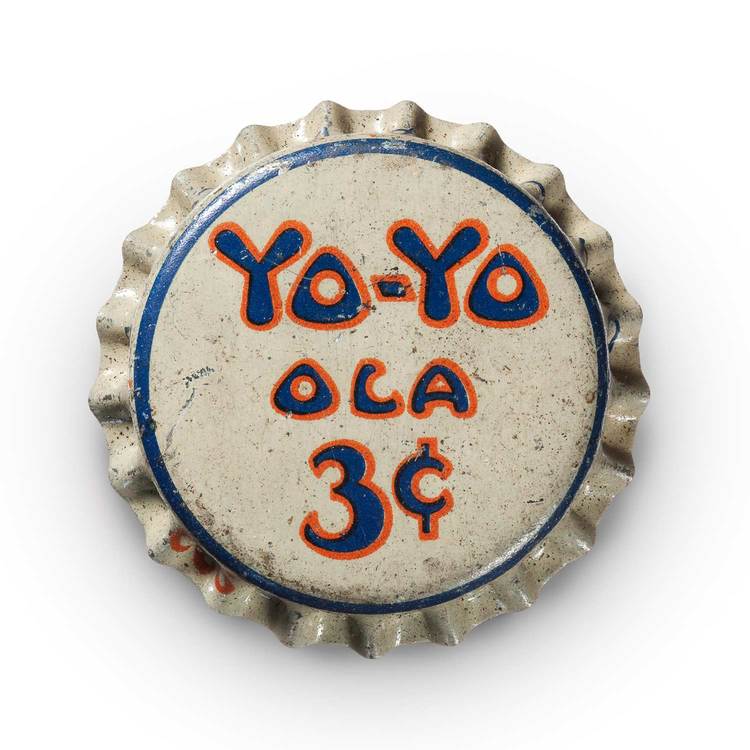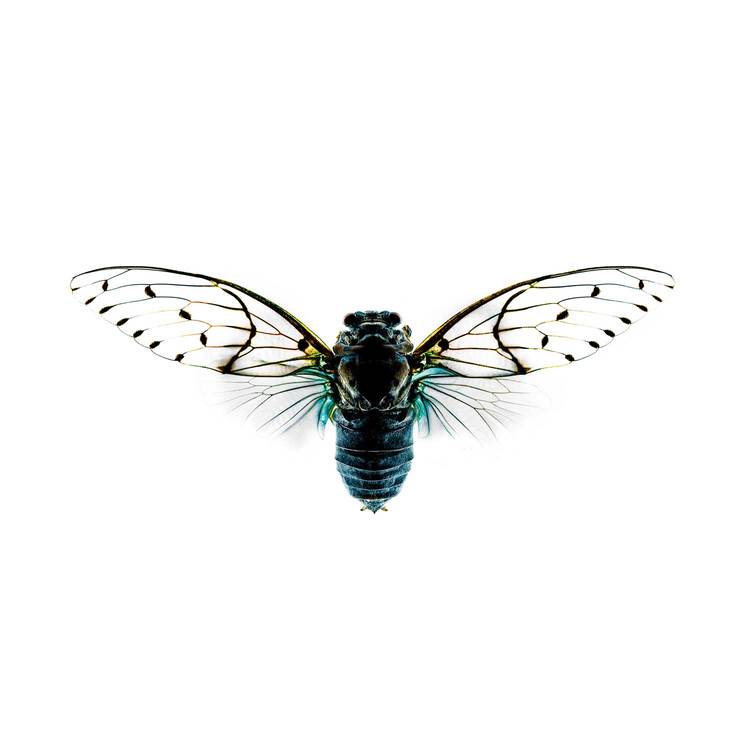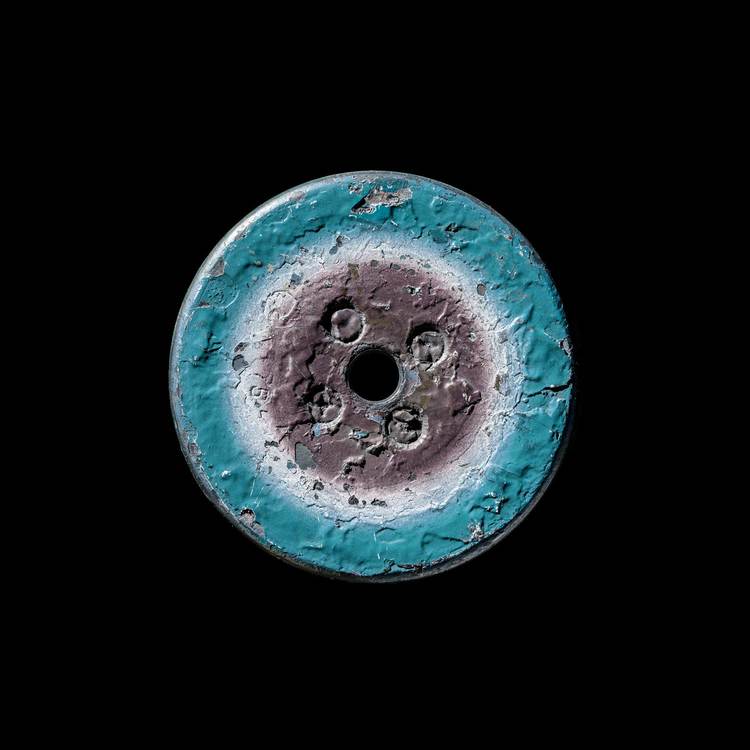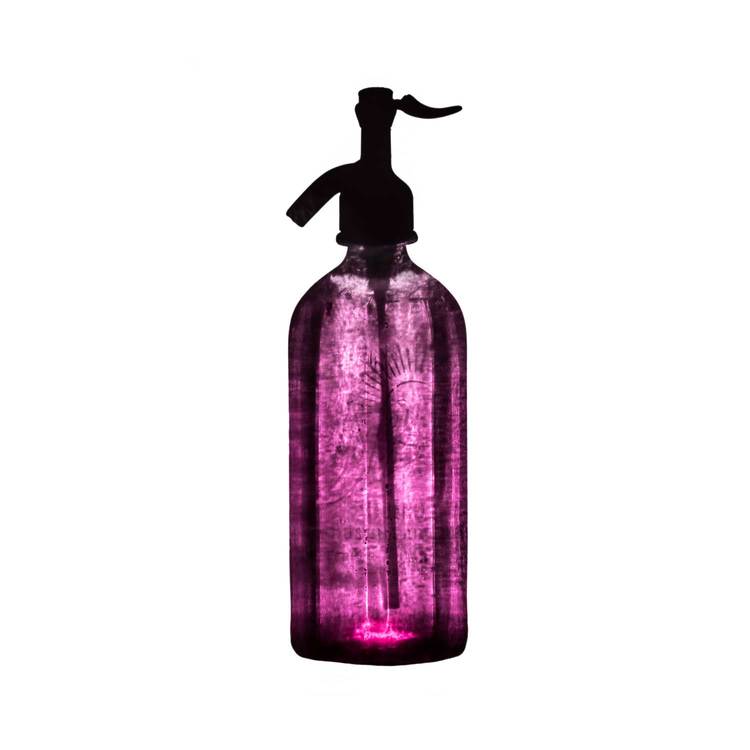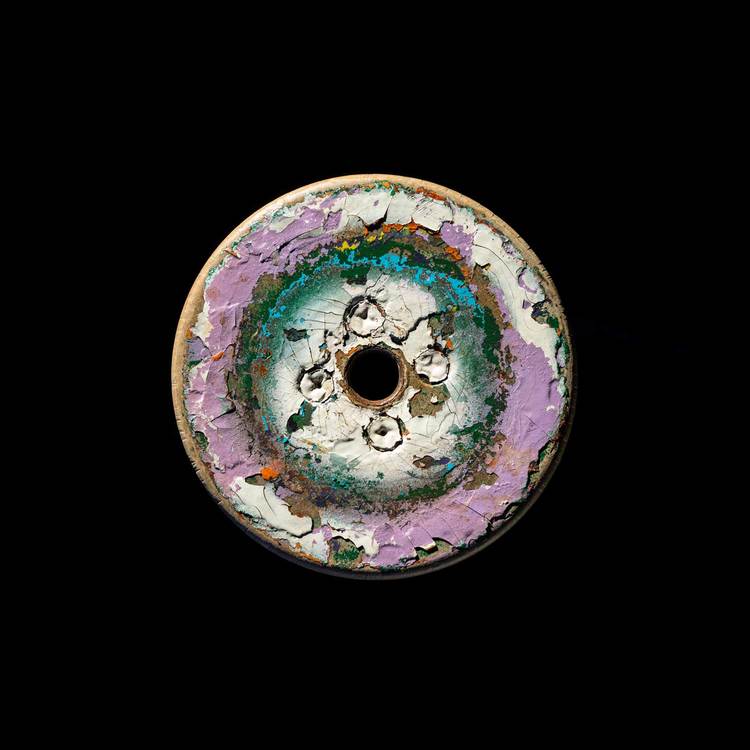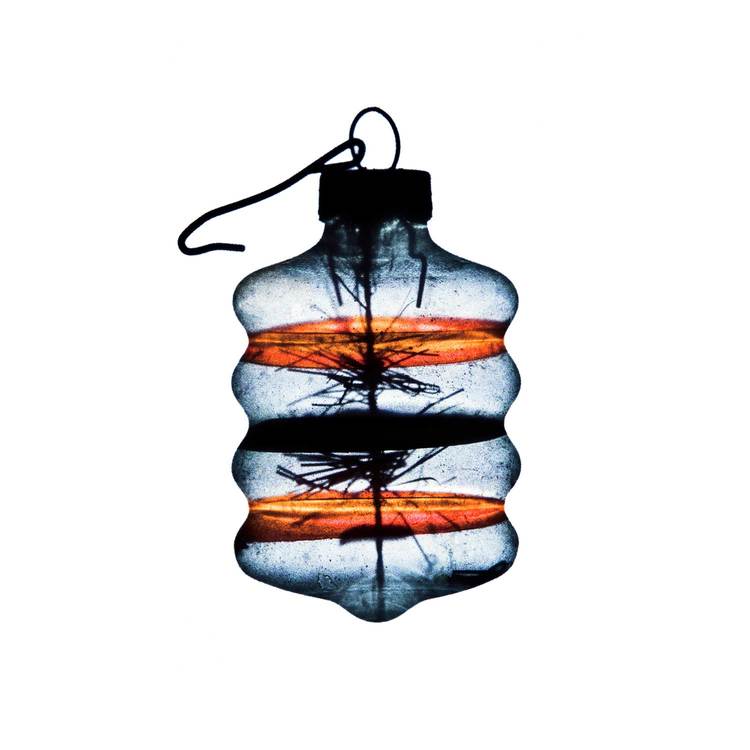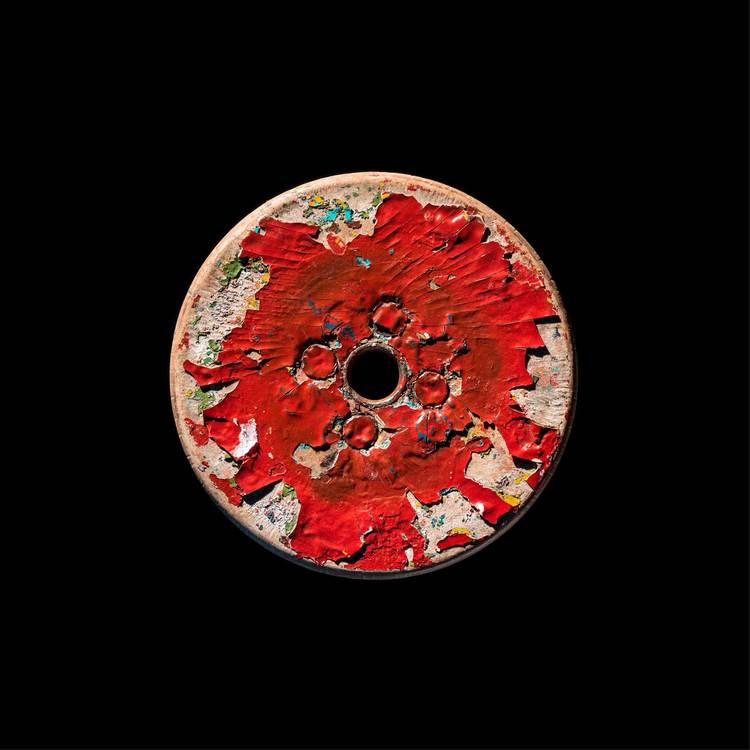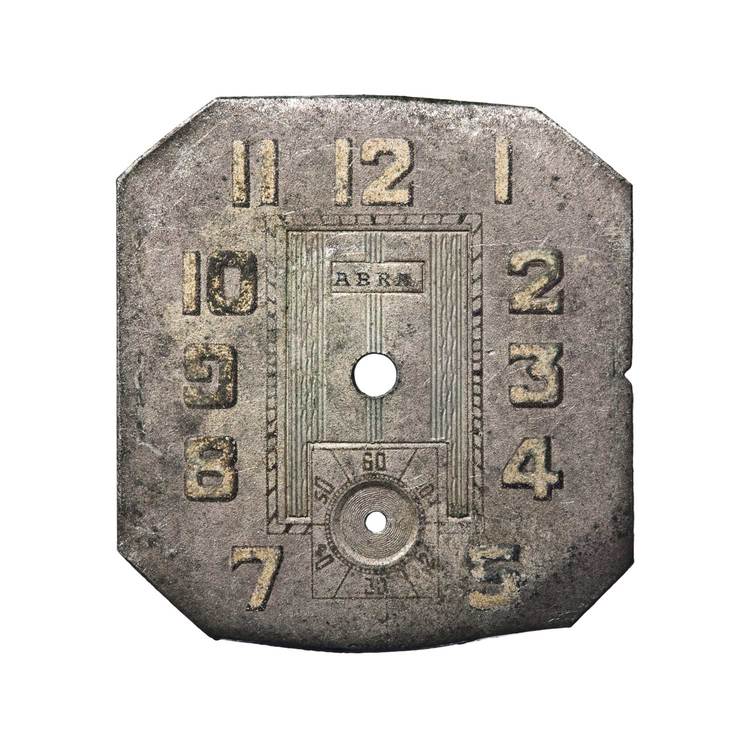Erika Lee Sears: An artist from whom we can always expect the unexpected
Mallory Johnson (APP) for Amy Parry Projects
Erika Lee Sears is an artist out of Portland, OR whose work you may have seen on Portlandia or covering Lana Del Rey’s book, Violent Bent Backwards Over the Grass. Her work is made magical by her bold, expressive color palette, the way she captures the shimmer and shine of objects such as disco balls or the flame of a candle atop a birthday cake, and the nuance and contemporary feel she brings to her paintings.
Like many of us, she enjoys true crime podcasts and spending time with her family, and like very few of us, she makes art every single day. Her artwork encourages us to romanticize our own lives and to look differently at the objects all around us.
APP: Have you ever had a moment where you wanted to stop making art every day and if so, what motivated you to continue?
ELS: The reason I create an original piece of art every day is that after the birth of my son I wanted to stay creative on a daily basis. I started when he was just six weeks old. I don’t know what I was really thinking, but I look at it as my time for myself. It is a lot different from when I first started; at first, it was always about 10 or 15 minutes that I would spend making a piece. Even the pieces I made over the weekend were 10- or 15-minute pieces, so they’re not always super lengthy in terms of time. You’re making something and it doesn’t always have to take several hours or all day; sometimes it can just be an expression of what’s happening in the world. It’s more like documenting my journey through creativity.
APP: What is the most difficult thing you’ve encountered as a self-taught artist?
ELS: I think when you learn something on your own it’s different. I’m an oil painter, that’s my discipline, and there’s a lot of opinions around oil painting. If you know any oil painters, or if you join a Facebook oil painting group you know that they can argue about things like the type of brush for days. I’m not that kind of painter, so I kind of had to dive in and figure out what worked best for me. Maybe that’s true in a lot of art-making. Being self-taught just makes me feel like I need to work harder. Also, as far as oil painting, I feel like it has come a long way. The way that they’re making oil paints is a lot different than it was 20 years ago, so a lot of the rules might not even apply anymore. There’s a lot of different ways to do one thing; you may not have to do it the same way it’s taught.
APP: How do you balance being a mom and a full-time artist? Do your kids help or inspire you? Do y’all make art together?
ELS: They love to be creative and they always have a place in my studio, but I’m not super strict about teaching them. My daughter’s really creative and she loves to draw, but right now she’s really into learning Procreate and coding and how to take her drawings and transfer them onto the computer in order to make eight-year-old gifs. For example, she’ll draw a puppy and put it into the code that makes it dance. I’m getting her Skillshare for her birthday, but I don’t want to push her into professional stuff too soon. I want her to enjoy being a kid.
APP: I only ask because I feel like kids can bring such a unique, unclouded perspective to really everything, but art especially that can be fascinating.
ELS: Oh yeah, I always think of this quote “stay hungry, stay foolish” and that’s kind of where you want to keep your mind.
APP: Has your background in finance benefitted you as an artist?
ELS: Well, I know how to answer a lot of emails at once! It is helpful, it’s just different. The only thing I learned from having a conventional job is how much I enjoy being self-employed. I think I’ve been self-employed for 9 or 10 years, and the longer I am, the more it feels like I’m supposed to be here.
APP: How do you choose your subject matter?
ELS: Right now I’m painting for an upcoming show in San Francisco. With this project, and really with whatever projects I have, I’ll start thinking about my series, but I can’t paint the same thing over and over. I can’t say, “okay I’m just gonna paint this one series” for five or six days in a row. I tend to take breaks so I can paint other stuff too. That’s the thing I like about making art every day: I can paint whatever I want and I don’t feel like I have to do something in particular. I can paint whatever happens to be inspiring me that day.
APP: What attracts you to other people’s art? What are your art and design aesthetics?
ELS: I follow so many different kinds of artists and so many different kinds of designers. My favorites are the unexpected ones. In my work, I always try to put in a surprise. I think that’s my favorite thing to see and to have that reaction of, “Oh oooo” when you encounter something really surprising. That can apply to the subject, color, proportion or perspective.
APP: I love the still-life aspect of a lot of your work. I feel like a contemporary still-life is so telling of the world around us. For instance, I never would have thought of a peanut butter jelly sandwich as painting subject matter. How did you come to this?
ELS: I think about what is happening around us. We’re surrounded by objects, things and everyday life and thinking, “What does all of this say about us? What does that say about our footprint right now?” I feel like artists are documenting our time right now and what’s happening in our world at the present. Even though I do a lot of still lifes, these are the things we’re holding onto today.
APP: I find a certain lightness in your art. Do you ever feel called by the world around you to go darker with your work?
ELS: I was talking to someone at a gallery and she told me I need to be painting lighter, and that my work is starting to get dark, haha!! I have to always paint from my shoes and my viewpoint on the world. I think people are going through the journey of expressing themselves. I’m just authentic to my journey, my light, and what’s happening with me. I’m just trying to survive in my own life; I think we all are.
APP: I think what people started to realize recently is how much of a debt they owe to creative people for basically every source of entertainment. I find it impressive how enduring artists and other creatives have been this past year.
ELS: I think we’re lucky as artists that people are paying more attention to people online. It’s this weird place like you said before where you can’t celebrate the wins because the world is going through so much; that’s what’s hard. We’re all in this weird place of survival. Should you celebrate the wins? Yeah. Are there a lot of people hurting and going through a whole lot? Yeah. I think the world is a lot more sensitive to what people are going through and that’s definitely a good thing.
APP: You mention on your website that you are always finding something extraordinary in ordinary moments. What makes the ordinary extraordinary in your opinion? Do you have a moment that sticks out to you?
ELS: That happens all the time. I mean even on my post from the other day, I did a painting of a cheetah because my son asked me, “Where do Cheetos come from and what part of the cheetah’s body do Cheetos come from?” He’s pretty wild. It’s just stuff like that. Or my peanut butter and jelly series started because I cut my son’s sandwich wrong and he was mad at me for cutting it in a triangle and not a square.
APP: That’s great. Keep painting, we love it!
Learn more about Erika by visiting her website.
